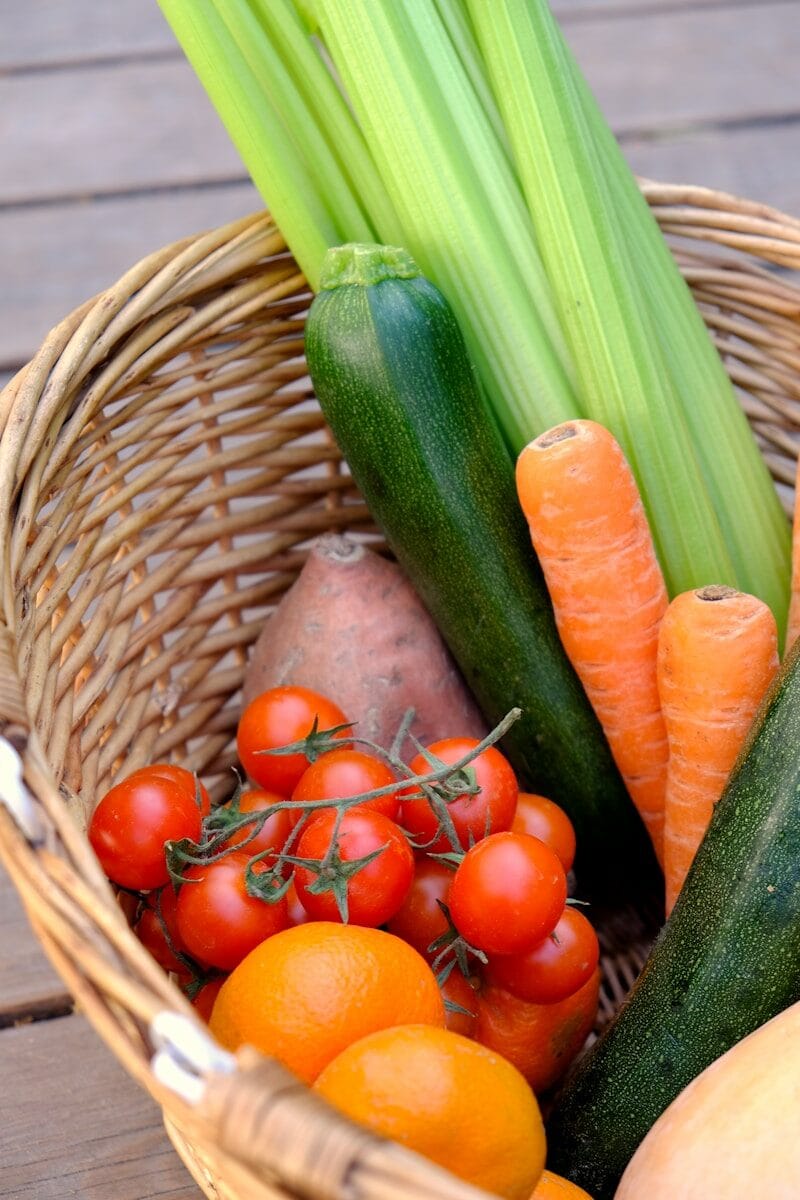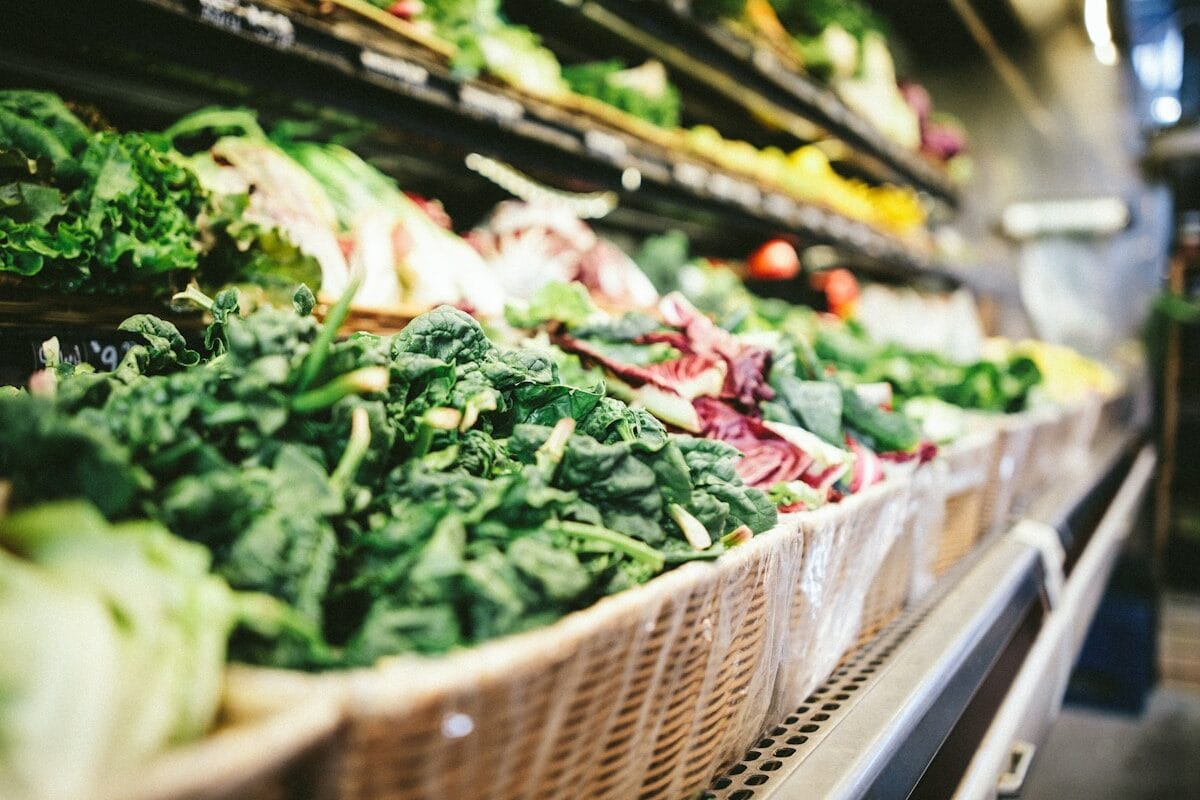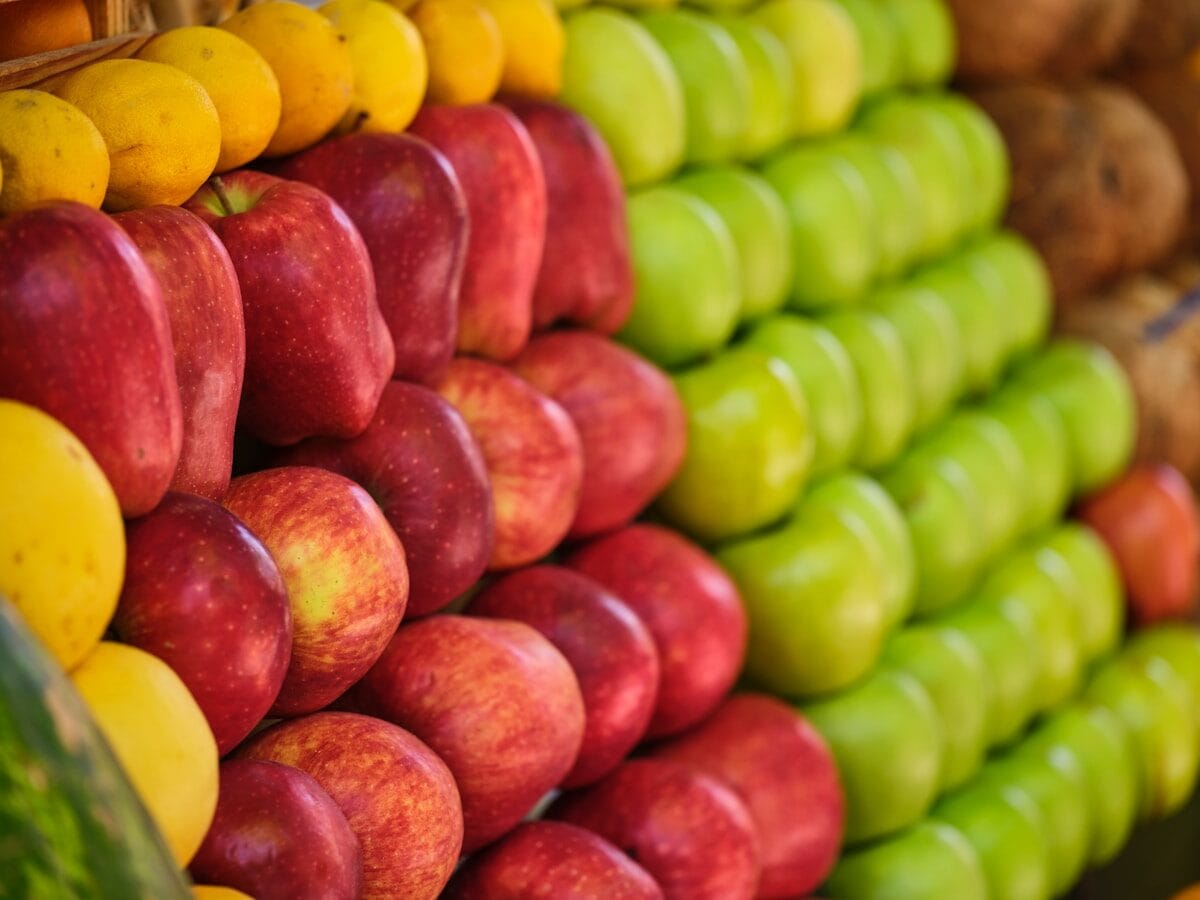Better Plate: The Real Cost of Eating Well & What Supermarket Shelves Say About Your Life
Is eating well a luxury branded as a virtue? A new Food Foundation report shows that we eat from a broken plate. We break down the real cost of a better plate and what the supermarket shelves say about your life

A recent report from the Food Foundation tells a truth that keeps many women awake at night: eating well is not about good intentions. It’s about money. According to the data, foods high in sugar, salt and fat cost, on average, £4.30 per 1,000 calories. Healthier alternatives—fresh vegetables, lean proteins, whole grains—cost more than double, at £8.80 per 1,000 calories
Is a Better Plate still an option?

If you have ever stood in a supermarket aisle comparing prices, you already know that the processed meals are cheaper, the crisps and biscuits are on offer and the whole organic chicken costs as much as three ready-made pizzas.
And if you’ve got a full-time job, children to feed, ageing parents to support, or a limited budget—or all of the above—you start to see the truth behind the headline figures: food choices are not just personal. They’re political. They’re systemic. And they’re shaped by a thousand quiet decisions made long before you even enter the store.
For well-educated women who have been told we are “empowered consumers,” this reality feels like a betrayal. We are expected to be health-conscious, ethically minded, financially responsible and always in mindful. But how do you reconcile all that when your grocery bill spirals every time you choose real food over processed products? When your child’s packed lunch costs more than your weekly petrol?
Why a Better Plate Matters
- Deepening Nutritional Inequality – When the cheapest calories are the unhealthiest, low-income families are forced into diets that undermine long-term health. This drives up rates of obesity, diabetes and dental decay in precisely the communities least able to cope with chronic illness.
- Unpaid Labour and Time Poverty– Cooking from scratch can narrow the calorie-cost gap, but it demands time—time that many working adults simply don’t have. Framing healthy eating as a matter of “personal choice” ignores the systemic barriers faced by people juggling jobs, caregiving and household budgets.
- Economic and Social Cost– Treating diet-related ill health costs the NHS billions each year and impacts productivity through illness and absence. Every pound saved at the supermarket checkout on processed foods can translate into multiple pounds spent later on healthcare.
- Policy Levers Exist– The data underscore the need for interventions—reforming agricultural subsidies, extending “junk food” levies beyond soft drinks, restricting unhealthy food marketing, and incentivising retailers to promote nutrient-rich options. Without policy action, the price gap will keep widening, and with it, health disparities.
- A Mirror on Our Values– In a society that prizes “empowered consumers,” the Broken Plate report lays bare a contradiction: the system still privileges cheap, processed calories over wholesome nutrition. Recognising this is the first step toward demanding a food environment where making the healthy choice is also the affordable, equitable one.
Understanding these figures is a call to reframe food affordability as a question of social justice, public health and collective responsibility. Why is the cost of eating well a luxury?
Is a Eating Well a Luxury Branded as a Virtue?
The gap between the cost of calories isn’t just a number, it is a mirror. It reflects the value society places on women’s time, health and responsibilities. For those juggling careers and caregiving, cooking from scratch isn’t a romantic return to tradition. It’s unpaid labour.

And for low-income households, the healthiest choices are often simply out of reach. When food is priced by calories rather than nutrition, the system incentivises filling bellies, not nourishing bodies.
The Real Cost of Eating Well
The food industry didn’t get here by accident. Over decades, it has built an infrastructure that rewards mass production, long shelf life and profit margins. The cheapest foods are often those most heavily marketed, most processed, and least beneficial to our health. And yet, we are told that our individual choices will solve the obesity crisis, the climate crisis, the NHS crisis. As if choosing the expensive apple over the cheap chocolate bar is a cure-all. As if we all had the same access to that apple.
So what Is the answer?

Part of it is systemic change, rebalancing subsidies, regulating junk food marketing, reforming the supply chain. But part of it is honesty. We need to stop pretending this is a matter of education or motivation. The women reading this don’t need to be told which foods are healthy. They need a system that makes healthy choices viable.
It’s time to stop asking why women don’t “just” cook more, budget better, or shop smarter. And start asking why the system makes it so difficult to eat well and care for ourselves and our families in the most basic, human way. It is time to factor the exhaustion, the guilt and daily struggles to the real cost, beyond the £8.80 per better plate. It is time to talk about the unspoken knowledge that in one of the richest countries in the world, a better plate is becoming a privilege.
Join the Better Plate Team! Do you want to share your story and inspire our readers ? Know that YOUR EXPERTISE is paving the way for a fairer, happier society.




